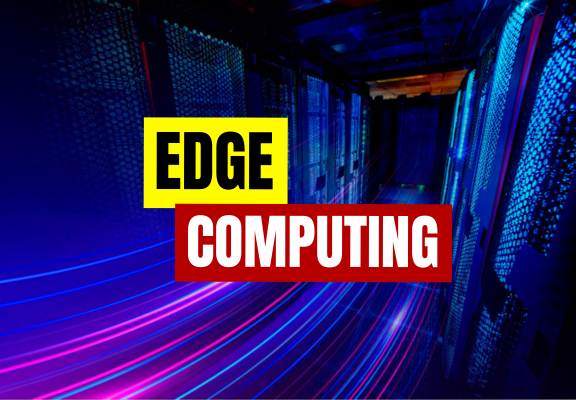What is Edge Computing? Understanding Its Concept and Functionality.


The need for quicker and more effective computer power is only going to get stronger in the current digital era. The limitations of standard cloud computing designs, such as latency, bandwidth, and privacy problems, have given rise to a new paradigm called edge computing. In order to address the changing demands of contemporary computing, we shall examine the idea of edge computing in this blog post.
Rather than depending exclusively on centralized data centers or cloud services, edge computing is a distributed computing model where data processing and storage are carried out closer to the source of data generation. By bringing computer resources closer to the “edge” of the network—that is, to end-user devices, IoT devices, and sensors—this decentralized strategy allows for quicker reaction times and less strain on the network infrastructure.
The basic idea behind edge computing is to provide computing resources—like servers, storage units, and networking hardware—at or close to the network’s edge. Whether at a retail store, a smart city, or a factory floor, these edge devices are placed strategically close to the areas where data is collected.
Instead of being routed to a centralized data center or cloud server for processing, data generated by sensors, IoT devices, or end-user apps is processed and analyzed locally on the edge devices. This eliminates the latency involved with sending data over large distances to distant computers and enables real-time insights and action based on the data.

The following essential elements allow edge computing to function:
At the network’s edge, where data is created and processed, are edge servers, gateways, sensors, and Internet of Things devices.
This includes the edge-deployed hardware and software components that support networking, data processing, and storage functions. Examples of these components are microdata centers, edge servers, and edge computing platforms.
This category comprises edge application development and deployment tools, middleware, orchestration, and management tools that facilitate the smooth integration and coordination of edge computing resources.
To analyze data in real time and extract useful insights from the information produced by edge devices, advanced analytics and machine learning algorithms are frequently implemented at the edge.
Compared to conventional cloud computing designs, edge computing offers a number of strong advantages. These include:
Edge computing speeds up essential application response times by processing data locally at the edge, cutting down on the time it takes for data to move between devices and centralized data centers.
By reducing the quantity of data that must be sent over the network, edge computing helps to minimize bandwidth utilization and network congestion.
By lowering the number of single points of failure and lessening the effect of network outages or disruptions, edge computing increases the resilience and reliability of distributed systems.
By allowing data to be processed and analyzed locally, edge computing reduces the need to send sensitive data to distant servers over open networks, improving security and privacy.
Organizations may simply deploy and manage edge computing resources to meet changing requirements and workloads since edge computing architectures are highly flexible and scalable.

In summary, edge computing is a revolutionary approach to computing that enables quicker, more responsive, and more efficient applications and services by bringing processing capacity closer to the point of data generation. Edge computing has the potential to completely transform a number of sectors, including manufacturing, healthcare, transportation, and smart cities. It does this by utilizing the concepts of decentralization and proximity. We may anticipate more innovation and developments that will hasten the acceptance and effects of edge computing in the digital age as long as enterprises keep implementing these technologies.